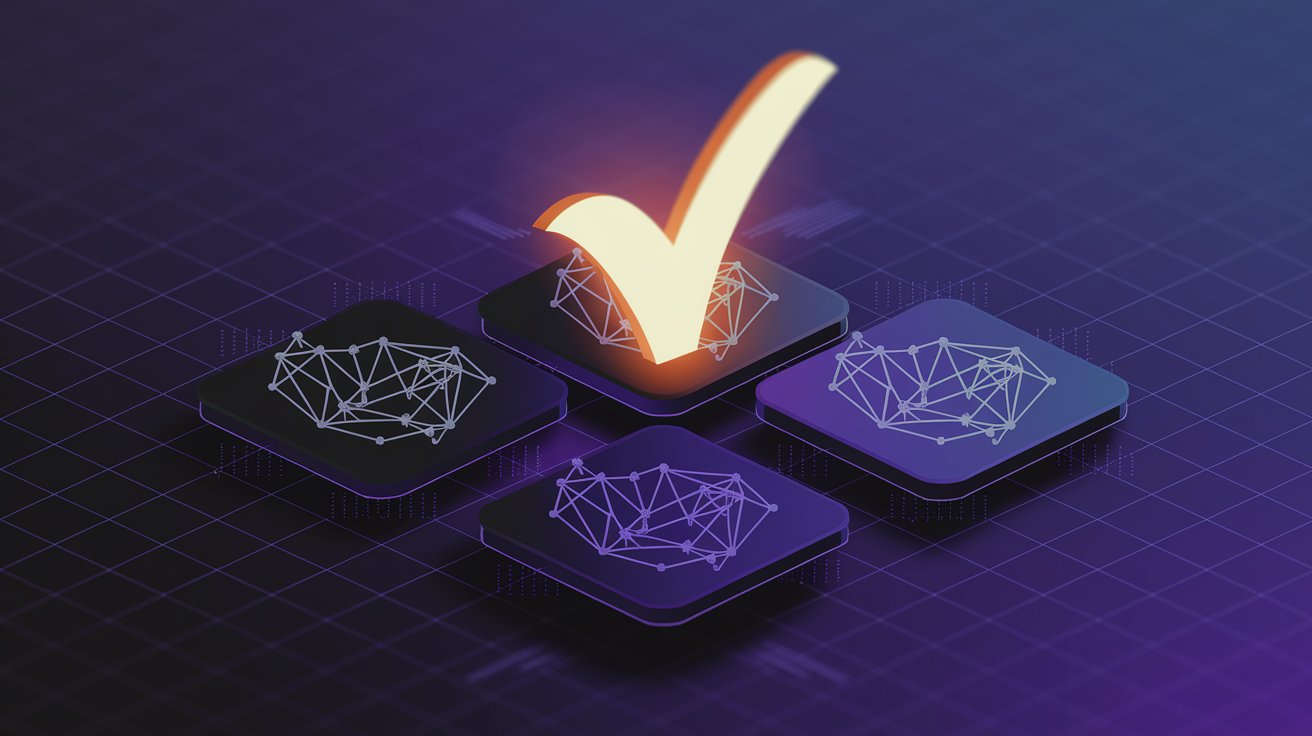A Journey Through the Eyes of a Quality Manager
Imagine standing at the crossroads of a busy manufacturing facility where machinery hums in the background. As a quality manager, your job is not merely to ensure that there is compliance with internal standards but also something that exceeds the boundaries of your organization. One of the key positions you hold is in ascertaining whether any raw material, part, or even service procured from suppliers outside your company's perimeters meets your company's stern quality standards.
The stakes? Never higher. In today's fast-paced business environment, the mistake of a single supplier can create ripples all through the supply chain in terms of delay, product recall, or even some legal issues. You glance through your supplier audit checklist—a carefully designed tool that makes all the difference between the good and the not-so-good suppliers. It's more than a list; it's the basis for trust, compliance, and excellence.
With industries now turning towards digital transformation and sustainability, the supplier audits have transformed. They are not compliance checks anymore; instead, they are strategic undertakings to foster partnerships and mitigate risks. So what does a 2024 comprehensive supplier audit checklist look like? Let's take it further.
The Must-Have Components of a Supplier Audit Checklist
A supplier audit checklist is a framework used to examine the ability of a supplier to meet your organization's needs. Here are some key things to include:
Basic Supplier Information
- Contact details, legal business name, and certification
- Vendor's geospatial location to see logistics implications
- Details about the vendor's past performance record, if any
Quality Management Systems (QMS)
- Is the supplier ISO 9001 certified?
- Evidence of internal quality checks and controls
- SOPs for manufacturing and quality assurance
Compliance with Industry Standards
- Adherence to industry-specific regulations such as GMP (Good Manufacturing Practices) for pharmaceutical suppliers or HACCP (Hazard Analysis Critical Control Points) for food industry suppliers
- Compliance updates on environmental, health, and safety norms
Supply Chain Resilience
- Contingency plans in place for disruptions
- Assessment of the supplier's raw material sourcing strategies
- Supplier redundancy assessment to reduce risks
Sustainability and ESG Metrics
- Supplier initiatives toward reducing carbon footprint
- Renewable energy usage in production
- Adherence to ethical labor standards
Exploiting Technology in Audits
Today, more supplier audits use digital resources for greater efficiency and transparency. For example, auditing mobile applications provides real-time data capture, photographic evidence, and reporting in real time. Even more advanced technologies like blockchain make it possible to track all shipments or batches at the source, with a view of each having met certain set criteria.
Supplier performance trend analysis and risk potential will also be predicted by artificial intelligence (AI).
- Predictive analytics may flag suppliers likely to delay based on the history.
Get a Guided Tour: https://axonator.com/request-for-demo/
Customizing Checklist Based on Industry
Today's specialized industrial ecosystem can never allow a one-size-fits-all checklist. Tailor your audit approach like this:
- Pharmaceutical: Give prominence to cGMP compliance, equipment calibration record, and batch traceability.
- Food and Beverage: Focus on food safety certifications, allergen management, and sanitary controls.
- Electronics: Include assessments of RoHS (Restriction of Hazardous Substances) and WEEE (Waste Electrical and Electronic Equipment) compliance.
Read more about supplier audit checklist: https://axonator.com/artifact/supplier-audit-checklist/
Humanizing Supplier Relationships
Even though the checklist is structured, it's equally important to humanize supplier relationships. Open communication, regular feedback, and collaborative problem-solving can turn your suppliers into long-term partners.
Auditors must not look only at paperwork. Site visits give a direct insight into the supplier's culture, production environment, and workforce morale. Such an all-rounded view usually unravels risks and opportunities that checklists cannot detect.
Keeping Pace with Constantly Changing Standards
Global standards are always changing. Be it ISO revisions or country-specific regulations, staying updated keeps your supplier audit current. Industry forums, certifications, and professional networks help organizations stay in step with the changes.
Furthermore, as the call to sustainability increases, it cannot be an option anymore and must integrate ESG factors into supplier audits. Other than compliance, this step will make your business go in line with global consumer demand.
It forms a proactive quality assurance framework by embedding these strategies in your supplier audit checklist. It is not just a matter of finding the best supplier but securing the future of your supply chain in this unpredictable world.
About Axonator Inc:
At Axonator, our vision is simple yet powerful: to enable the world on mobile. We envision a future where every aspect of business and society is seamlessly connected through mobile devices. Our mission is to empower businesses worldwide to leverage the full potential of mobile technology, transforming the way they operate, communicate, and collaborate.
Contact:
Axonator Inc. (The World On Mobile)
Austin, TX, USA
USA: +1-716-274-8885
India: +91-8600-032-635
Email: support@axonator.com
Website: https://axonator.com/

